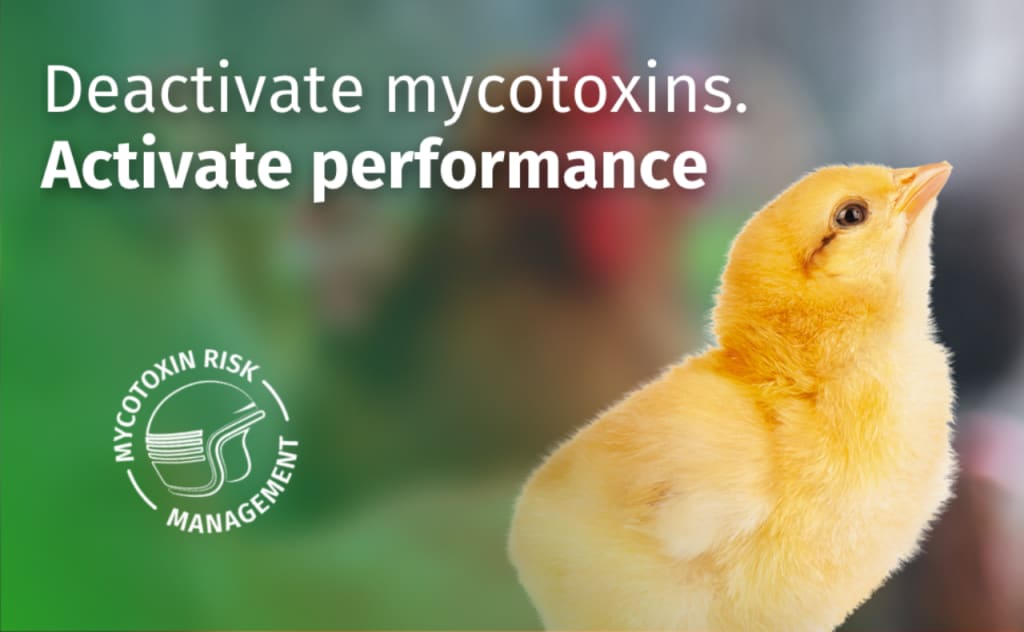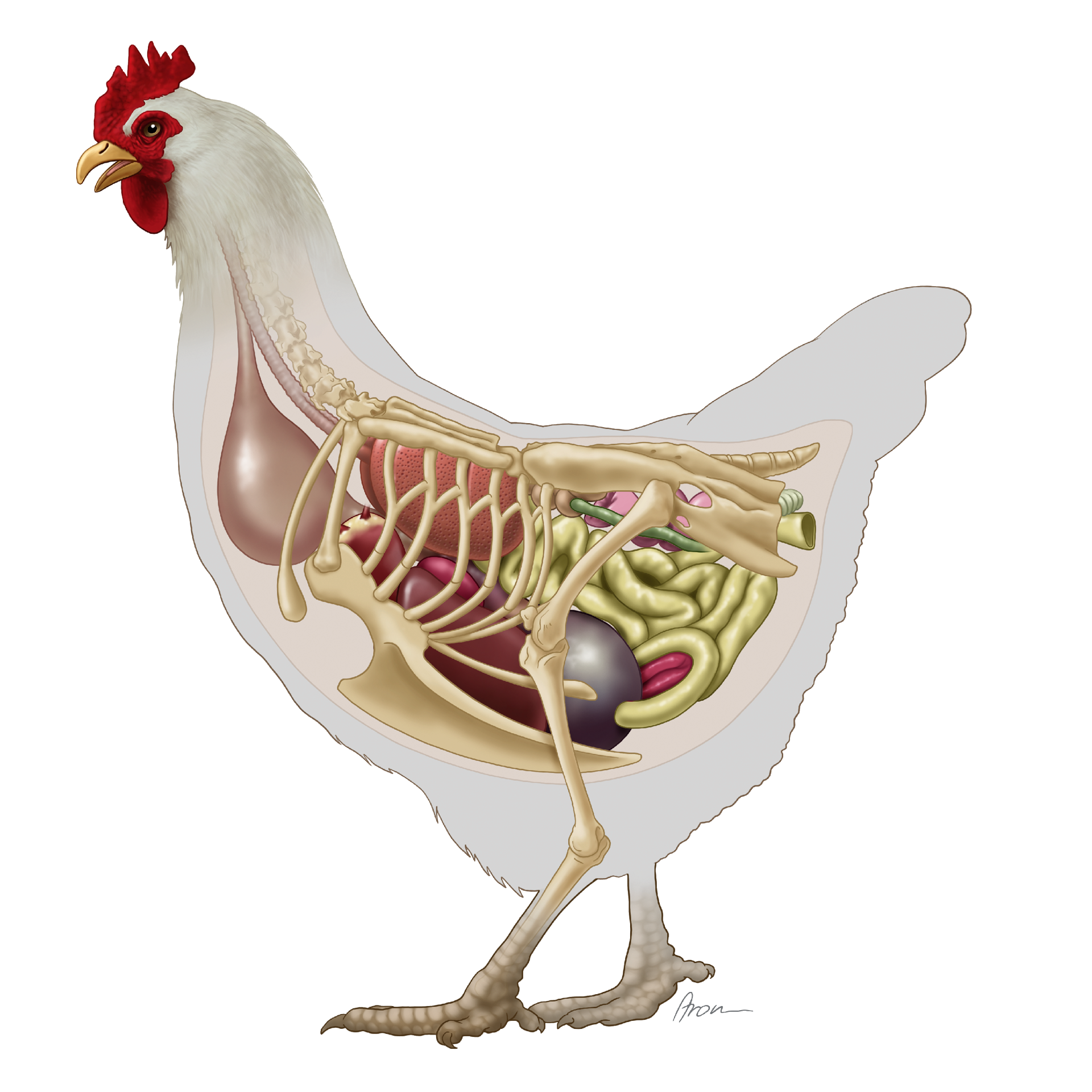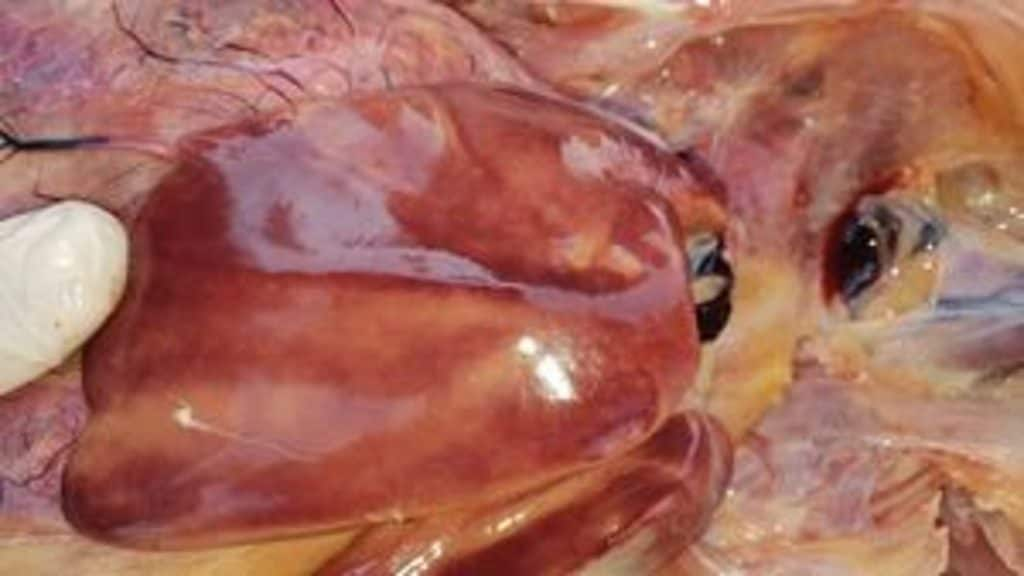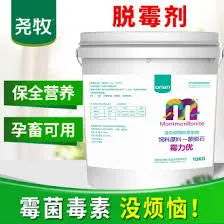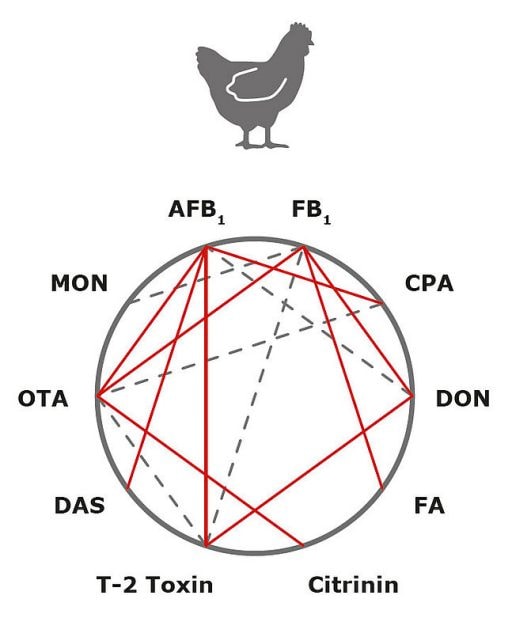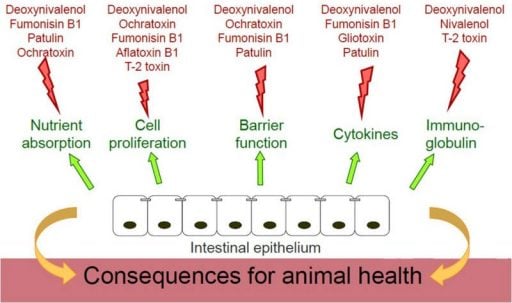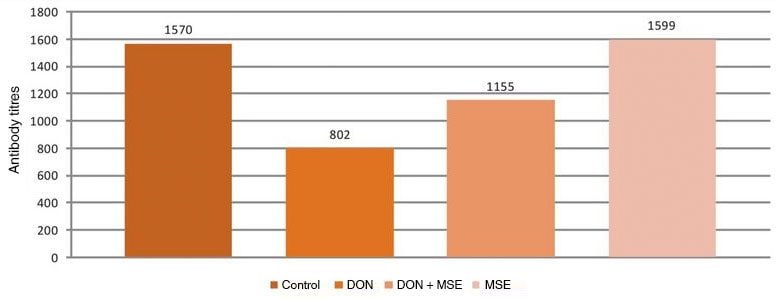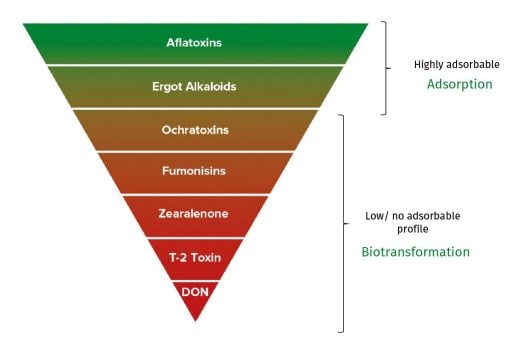Clinical signs and pathological lesions on primary target organs can be used as an early warning system (EWS) for mycotoxin contamination in feed/raw materials.
Mycotoxin-induced illness, or mycotoxicosis, may be difficult to directly observe. There are several common clinical signs and pathological lesions of mycotoxicoses in poultry.
Signs of mycotoxin ingestion by birds include:
- A flock in a farm which consumed the same feed/raw materials are affected
- Antimicrobial treatment has little or even no effect on the disease
- Field outbreaks are seasonal and associated with specific feedstuffs
- Examination of the suspected feed reveals signs of fungal activity (Richard, 2012).
Even though the effects of mycotoxins are very complex and there is a great variation in possible symptoms, target organs, and pathological lesions from one mycotoxin to the other (Naehrer, 2012), presumptive diagnosis can be based on clinical signs, pathological lesions on target organs, especially when moldy ingredients or feed are evident.
Definitive diagnosis should be based on isolation, identification, and quantification of the specific mycotoxin/mycotoxins in feed ingredients or finished feed. Samples of feed and ingredients should be collected and promptly submitted for laboratory analysis. Multiple samples should be collected from different sites of mycotoxin formation zone (“hot spots”) (Whitaker et al., 2005, Krska and Schuhmacher, 2012).






